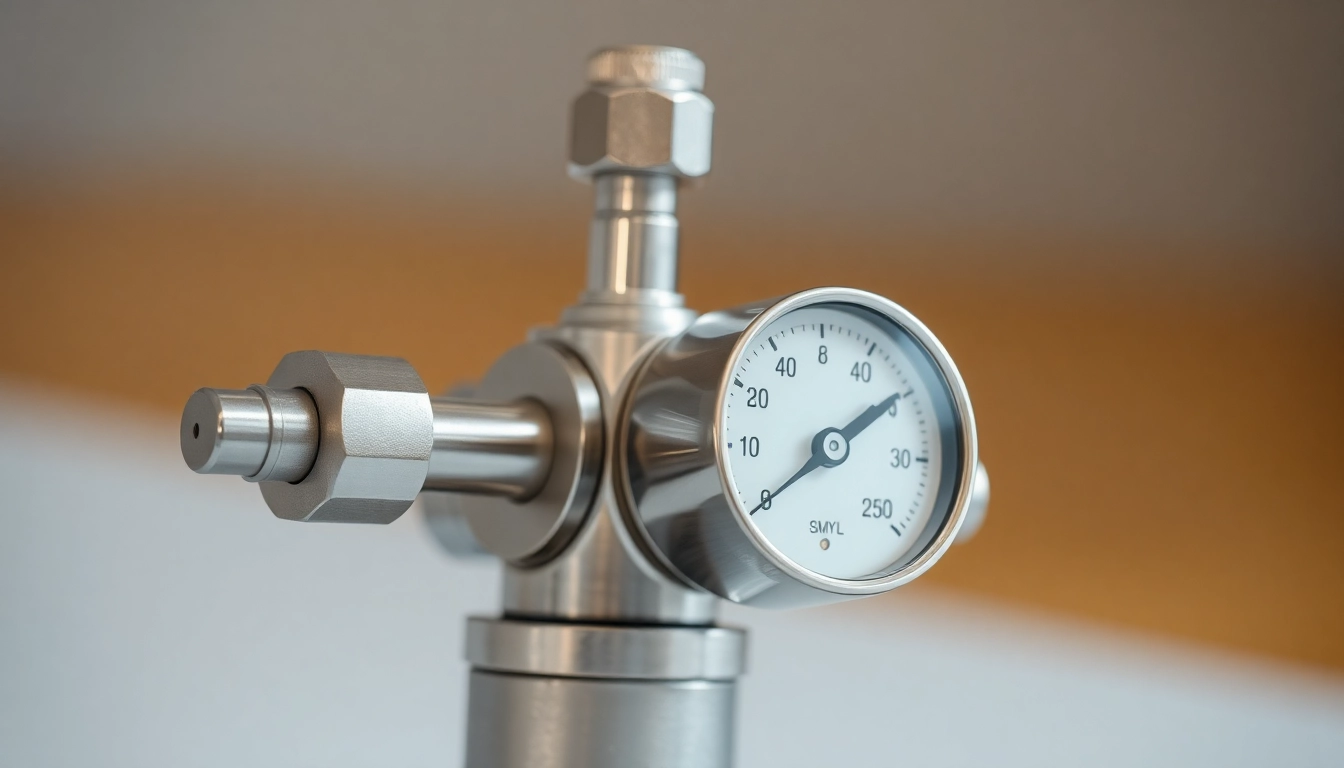1. Introduction to Machine Vision
In the realm of automation and intelligent systems, machine vision stands out as a pivotal technology that integrates computer science and engineering. It empowers machines to interpret and make decisions based on visual inputs, akin to human sight. This capability has revolutionized industries, enhancing operational efficiency and precision across diverse applications.
1.1 What is Machine Vision?
Machine vision refers to the use of computer algorithms, connected hardware, and imaging techniques to enable machines to perceive their environment, analyze visual data, and make informed decisions. Unlike human vision, which relies on biological processes, machine vision is based on optical sensors and digital processing that facilitates tasks such as inspection, measurement, and robot guidance.
1.2 Historical Development and Evolution
The origins of machine vision can be traced back to the 1960s and 1970s when rudimentary applications began to emerge in industrial settings to automate inspection processes. With advancements in technology, particularly in computing power and imaging sensors, the machine vision industry has experienced exponential growth. Today, it encompasses a wide range of applications from simple barcode scanning to complex quality control systems in manufacturing.
1.3 Key Components of Machine Vision Systems
A typical machine vision system comprises several essential components:
- Imaging Sensors: Cameras that capture visual data are the heart of machine vision systems, employing various technologies such as CCD (Charge-Coupled Device) and CMOS (Complementary Metal-Oxide-Semiconductor).
- Optics: Lenses and lighting systems ensure that the images captured are clear and suitable for analysis.
- Processing Hardware: This includes computers and specialized processors that handle data from the sensors using algorithms to interpret the information gathered.
- Software: Algorithms are crucial for image processing tasks such as pattern recognition, object detection, and real-time analysis, making software a key part of any machine vision system.
2. How Machine Vision Works
2.1 Image Capture Techniques
Image capture is the initial step in machine vision, where sensors acquire visual data. Techniques vary widely based on the application; for instance:
- 2D Imaging: Most machine vision systems utilize 2D image capturing techniques to monitor product quality and process integrity.
- 3D Imaging: This advanced method employs multiple cameras or laser triangulation to capture depth data, crucial for robotic applications and complex assembly tasks.
2.2 Data Processing and Analysis
After image capture, data processing algorithms analyze the visual data, which can involve several steps:
- Preprocessing: Raw images are typically noisy or distorted due to lighting conditions, therefore, preprocessing techniques like filtering and enhancement are applied.
- Feature Extraction: This step focuses on identifying significant patterns or elements within the image, such as edges, textures, or shapes.
- Decision Making: Algorithms utilize the features extracted to make decisions, such as determining whether a component meets quality standards.
2.3 Common Algorithms Used in Machine Vision
Machine vision systems rely on various algorithms for efficiency and effectiveness:
- Template Matching: This technique involves comparing images to predefined templates, useful in alignment tasks.
- Machine Learning: More sophisticated systems use machine learning algorithms that adapt and improve over time through exposure to new data.
- Deep Learning: Utilizing neural networks, deep learning can be especially effective in classifying and recognizing complex image patterns.
3. Applications of Machine Vision
3.1 Industrial Automation and Quality Control
One of the most significant applications of machine vision lies in industrial automation. Companies use machine vision systems for quality control of products on assembly lines, detecting defects in real time and ensuring that only products which meet specified standards proceed through the production process. The potential for increased efficiency and reduced waste has made machine vision an integral component of modern manufacturing systems.
3.2 Healthcare Innovations
In healthcare, machine vision plays a critical role in diagnostics. Systems equipped with advanced imaging technologies can analyze medical images such as X-rays, MRIs, and CT scans, aiding healthcare professionals in identifying conditions more quickly and accurately. Moreover, machine vision is employed in laboratory automation for tasks such as specimen sorting and analysis, streamlining workflow and reducing human error.
3.3 Emerging Applications in Autonomous Vehicles
The rise of autonomous vehicles represents one of the most revolutionary applications of machine vision technology. By utilizing cameras and LIDAR systems, these vehicles can perceive their surroundings, recognize objects, and make driving decisions in real time. The integration of machine vision into autonomous systems is set to redefine transportation, enhancing safety and efficiency while reducing the potential for human error on the roads.
4. Benefits of Implementing Machine Vision
4.1 Enhancing Precision and Efficiency
Machine vision systems excel in enhancing operational precision. By precisely analyzing images, machines can detect flaws that may go unnoticed by human operators, thus minimizing variability and improving overall product quality. Enhanced efficiency also comes from hastening processes, as machine vision can perform inspections and measurements faster than human intervention.
4.2 Reducing Operational Costs
Implementing machine vision can significantly reduce operational costs. Automated inspection reduces the need for manual quality checks, which often require additional labor and time. Moreover, identifying defects early in the production line can save costly reworks and reduce scrap rates, leading to substantial cost savings over time.
4.3 Improving Safety and Compliance
Machine vision also enhances safety in industrial environments. By automating potentially hazardous tasks such as defect detection in heavy machinery, organizations can reduce the risk of personal injury. Furthermore, machine vision systems can assist in maintaining compliance with industry regulations by ensuring that products consistently meet safety and quality standards.
5. Future Trends in Machine Vision Technology
5.1 Integration with Artificial Intelligence
The future of machine vision is increasingly intertwined with advancements in artificial intelligence (AI). Integrating AI into machine vision systems enables machines to learn from their environment and continuously improve their analysis capabilities, leading to better decision-making and adaptability to new scenarios.
5.2 Advancements in Hardware and Software
As hardware technologies advance, machine vision systems are becoming more compact and powerful. Emerging technologies such as specialized AI chips and advanced cameras will enhance image capture and processing capabilities. Simultaneously, software advancements—including open-source solutions—will democratize access to sophisticated machine vision platforms, enabling more industries to leverage the technology.
5.3 Predictions for the Next Decade
Looking forward, machine vision is poised for transformative growth across many sectors. The ongoing trend towards automation will see machine vision become integral to more complex processes. Predictive maintenance, for example, will benefit from machine vision systems that can anticipate equipment failures through continuous visual monitoring. As the technology becomes more robust and accessible, we can expect innovative applications that we have yet to imagine.




